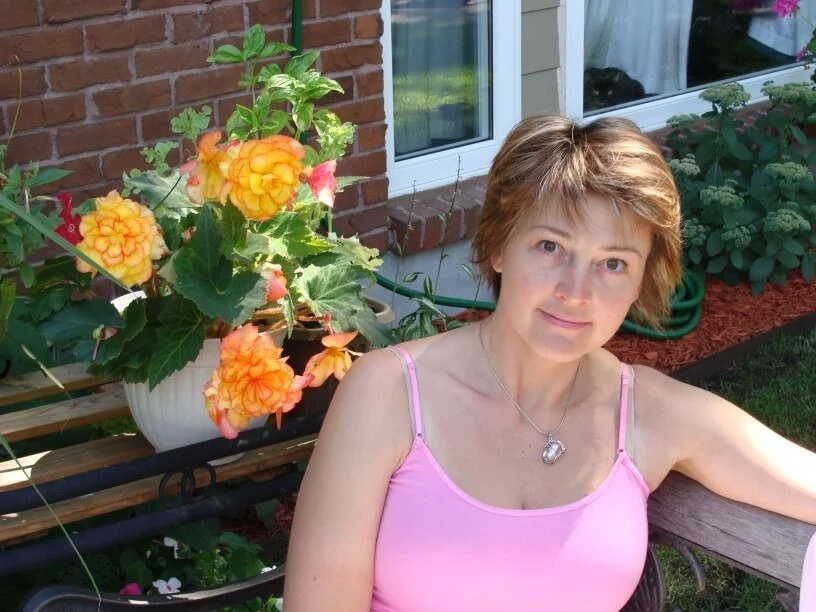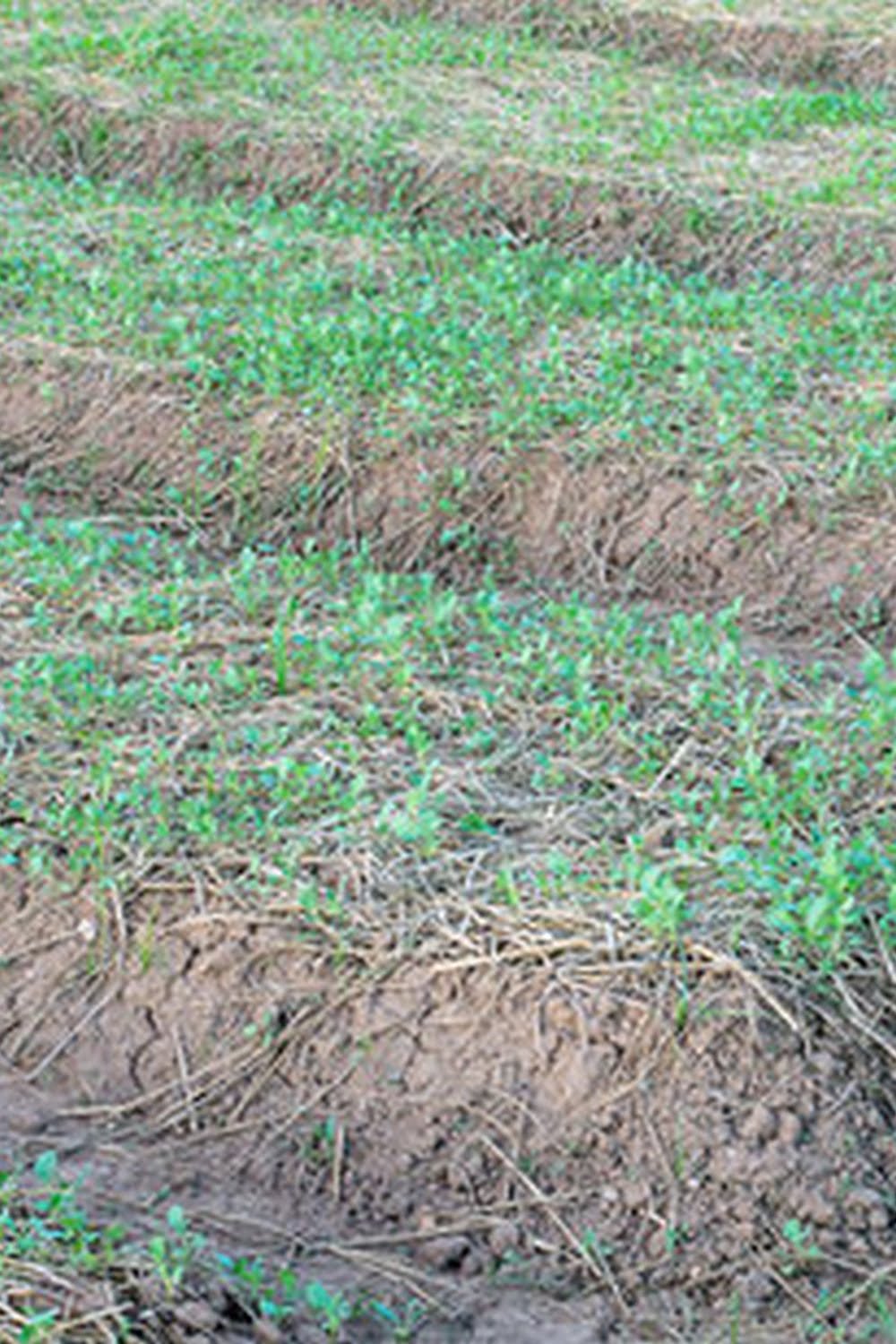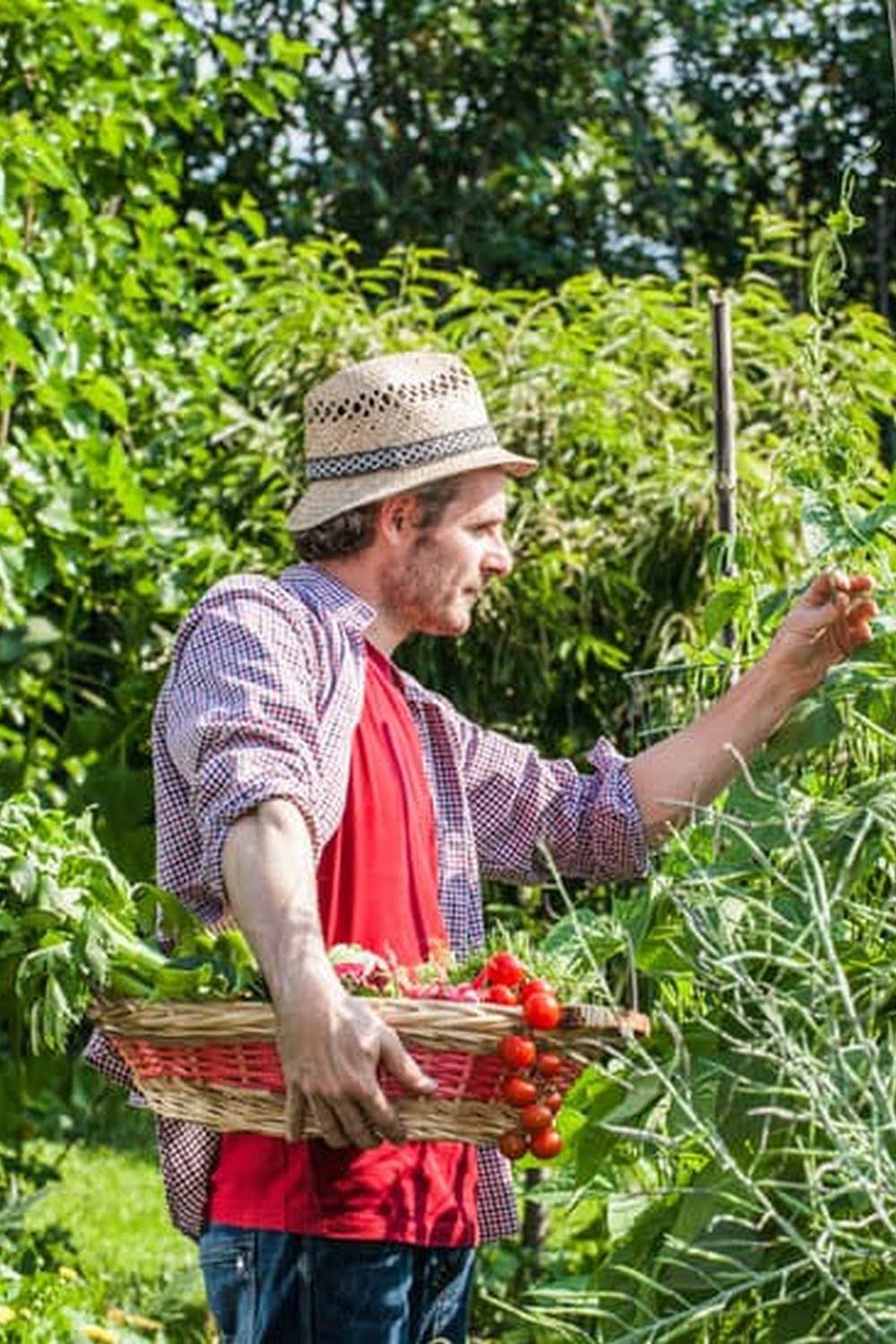Circular Vegetable Garden Beds
A circular vegetable garden bed is a fun and unique way to garden. The circular shape makes it easy to reach all of the plants in the bed, and it is also easy to water. The bed can be made from a variety of materials, including wood, brick, stone, or concrete.
To make a circular vegetable garden bed, you will need to first decide on the size of the bed. The bed should be at least 4 feet in diameter, but it can be larger if you have the space.
Once you have decided on the size of the bed, you will need to mark out the shape of the bed with a garden hose or rope. You can either use a compass to draw a perfect circle, or you can simply draw a freehand circle.
Once the shape of the bed is marked, you can begin to build the bed. If you are using wood, you will need to cut the boards to size and then attach them together with screws or nails. If you are using brick, stone, or concrete, you will need to form the shape of the bed with mortar or concrete and then let it dry.
Once the bed is built, you can add soil and then plant your vegetables. The circular shape of the bed makes it easy to reach all of the plants, and the bed can be easily watered from the center.
Raised Bed Vegetable Garden Ideas
When it comes to gardening, there are a million different ways to do it. You can plant your vegetables in the ground, in containers, or in raised beds. Each method has its own set of pros and cons.
If you’re looking for an easy way to garden, raised bed vegetable gardening is the way to go. With raised beds, you don’t have to worry about tilling the soil, and you can create the perfect conditions for your plants. Here are a few raised bed vegetable garden ideas to get you started:
1. Location, Location, Location
The first step in creating a raised bed vegetable garden is to choose a location. You’ll want to find a spot that gets plenty of sun and is close to a water source.
2. Size Matters
When choosing the size of your raised bed, keep in mind that you’ll need to be able to reach the plants from all sides. A good rule of thumb is to make your raised bed at least 12 inches high and no more than 4 feet wide.
3. Soil Matters
The type of soil you use in your raised bed vegetable garden is important. You’ll want to use a soil that is rich in organic matter and has good drainage. You can either buy soil or make your own.
4. Get to Work
Once you’ve chosen a location and decided on the size and type of your raised bed, it’s time to start building. You can either build your raised bed from scratch or use an existing raised bed.
5. Add Some Plants
Now that your raised bed is ready, it’s time to add some plants! Choose a variety of plants that will thrive in your climate and soil type.
Raised bed vegetable gardening is a great way to garden, especially if you’re new to gardening. It’s easy to do, and you can create the perfect conditions for your plants.
Spacing Vegetable Seeds In Garden Beds
Seed spacing is important for a number of reasons. Proper spacing will ensure that your plants have enough space to grow and develop properly, and will also help to ensure good air circulation. It will also help to prevent the development of diseases and pests.
When planting vegetables, it is important to space the seeds according to the recommended spacing guidelines. The amount of space that each type of vegetable needs will vary, but a general rule of thumb is to plant them about 1 inch apart. You can also consult a seed packet or gardening catalog for specific spacing recommendations.
If you are planting a row of vegetables, it is important to space the seeds evenly. You can use a ruler or a spacing tool to help you to evenly space the seeds. If you are planting in a raised bed, you can also group the plants together in clumps.
It is also important to note that some vegetables, such as carrots and radishes, can be grown closer together than others. For these vegetables, you can space them about 2 inches apart.
When planting vegetable seeds, it is important to keep the following things in mind:
-Space the seeds according to the recommended spacing guidelines
-Plant the seeds evenly, using a ruler or spacing tool if necessary
-Group the plants together in clumps, if planting in a raised bed
-Remember that some vegetables can be grown closer together than others
Grab And Grow Raised Bed Vegetable Garden
Kits
We’re excited to offer our Grab And Grow Raised Bed Vegetable Garden Kits! Our kits are easy to assemble and make gardening fun and easy. Plus, they’re the perfect way to get started in raised bed gardening.
Each kit includes a raised bed garden, a soil blocker, and a watering can. The raised bed garden is easy to assemble and made of durable plastic. The soil blocker is perfect for making planting holes of any size, and the watering can has a soft spout for gentle watering.
Our Grab And Grow Raised Bed Vegetable Garden Kits are the perfect way to get started in raised bed gardening. They’re easy to assemble and make gardening fun and easy.
Soil For Raised Vegetable Garden Bed
Building a raised vegetable garden bed is a great way to get started in gardening. It is also a good way to garden if you have limited space. You can use almost any kind of soil to build your raised bed, but if you’re not sure what kind to use, I recommend using a good quality potting mix.
When you’re ready to start building your raised bed, you’ll need to decide on the size. A good size for a beginner is 4’x4′. You can make it any size you want, but remember that the larger the bed, the more work it will be to maintain.
Once you’ve decided on the size, you’ll need to gather some supplies. You’ll need some lumber to build the frame, soil, and plants.
The first step is to build the frame. You can use any kind of lumber you want, but I recommend using cedar or redwood. Cut the lumber to size and then use a drill to create pilot holes. Next, use 2-1/2″ deck screws to attach the frame together.
Once the frame is built, it’s time to add the soil. Add a layer of soil to the bottom of the bed and then use a trowel to smooth it out. Add more soil until the bed is full.
Now it’s time to plant! Add your plants and then water them well. Be sure to add more soil as the plants grow.
A raised vegetable garden bed is a great way to get started in gardening. It is also a good way to garden if you have limited space. You can use almost any kind of soil to build your raised bed, but if you’re not sure what kind to use, I recommend using a good quality potting mix.
When you’re ready to start building your raised bed, you’ll need to decide on the size. A good size for a beginner is 4’x4′. You can make it any size you want, but remember that the larger the bed, the more work it will be to maintain.
Once you’ve decided on the size, you’ll need to gather some supplies. You’ll need some lumber to build the frame, soil, and plants.
The first step is to build the frame. You can use any kind of lumber you want, but I recommend using cedar or redwood. Cut the lumber to size and then use a drill to create pilot holes. Next, use 2-1/2″ deck screws to attach the frame together.
Once the frame is built, it’s time to add the soil. Add a layer of soil to the bottom of the bed and then use a trowel to smooth it out. Add more soil until the bed is full.
Now it’s time to plant! Add your plants and then water them well. Be sure to add more soil as the plants grow.

If you’re looking to get into vegetable gardening, or are just looking for some tips on how to make your current garden better, then you’ve come to the right place! My name is Ethel and I have been gardening for years. In this blog, I’m going to share with you some of my best tips on how to create a successful vegetable garden.





